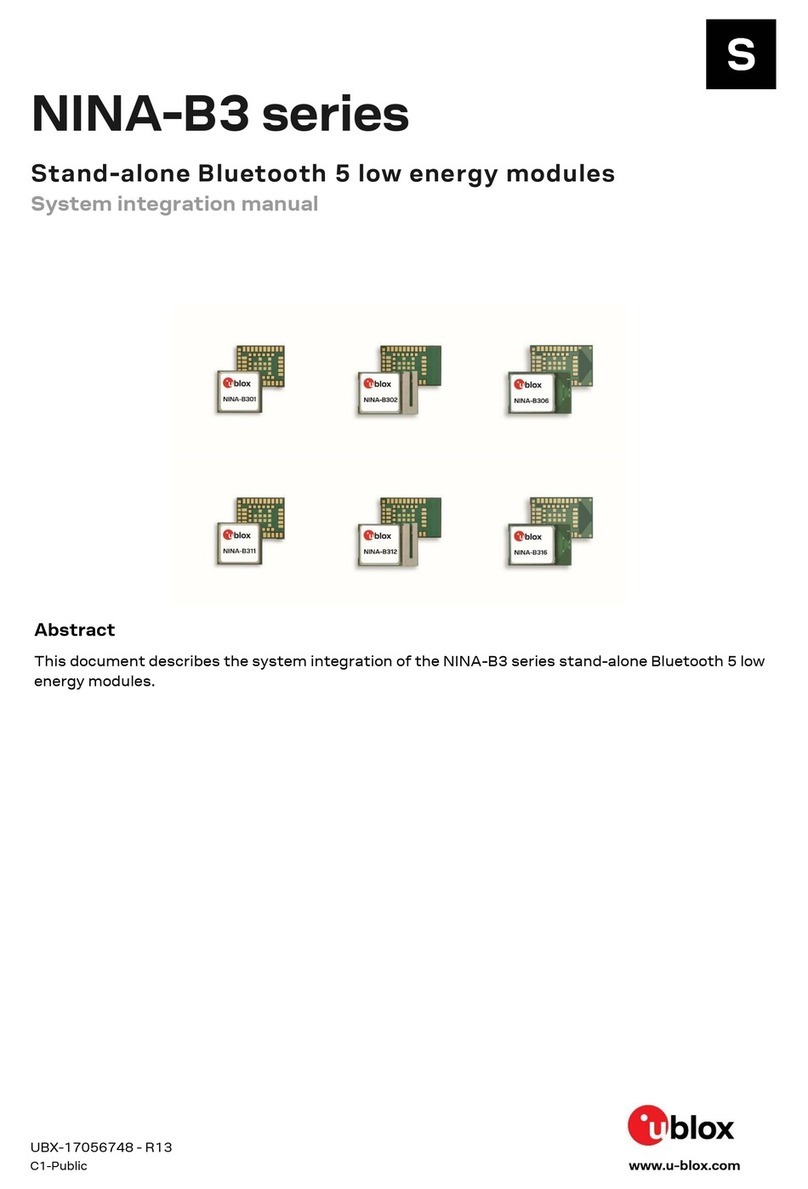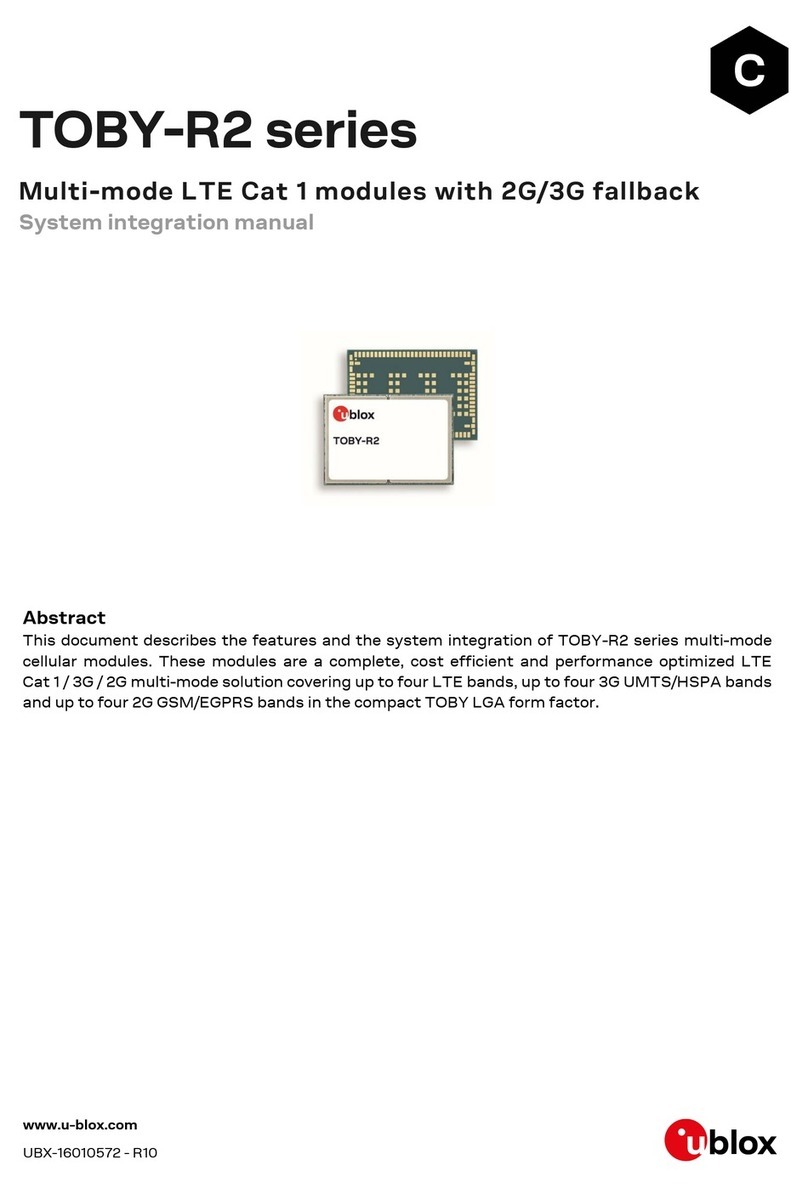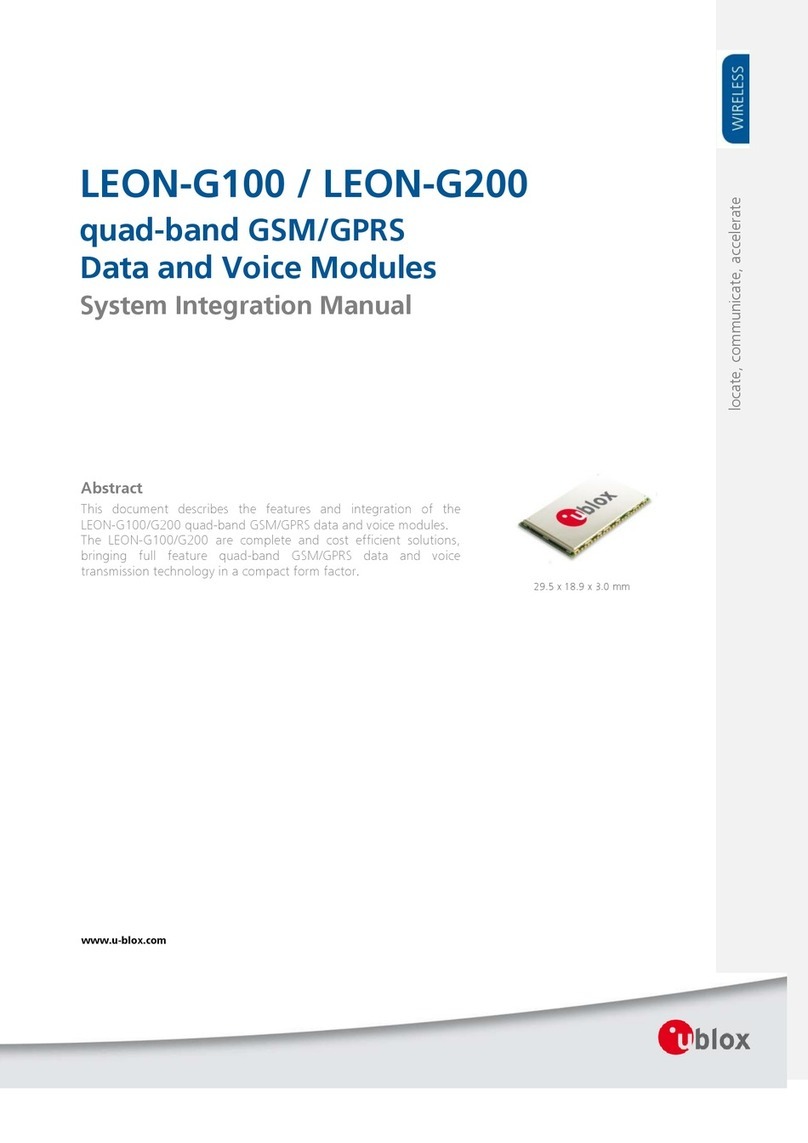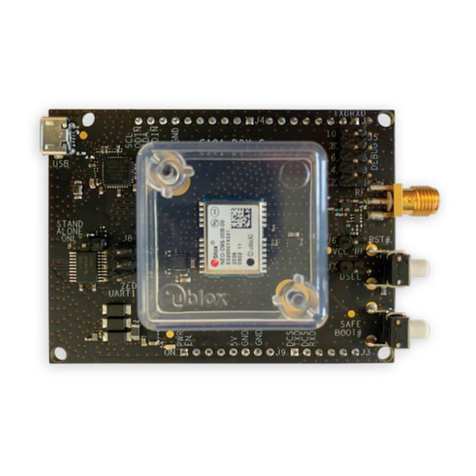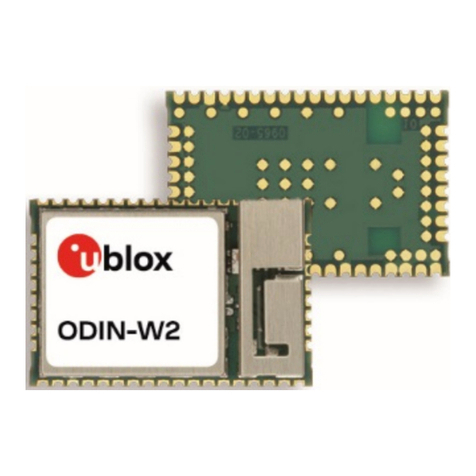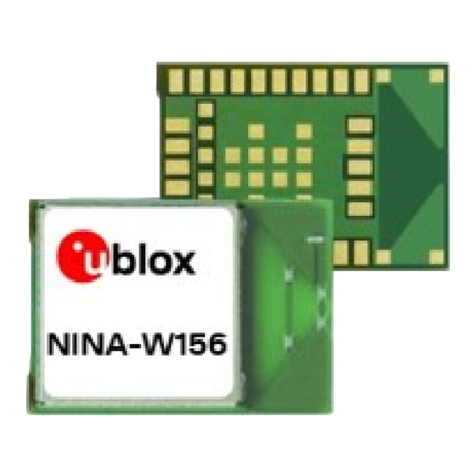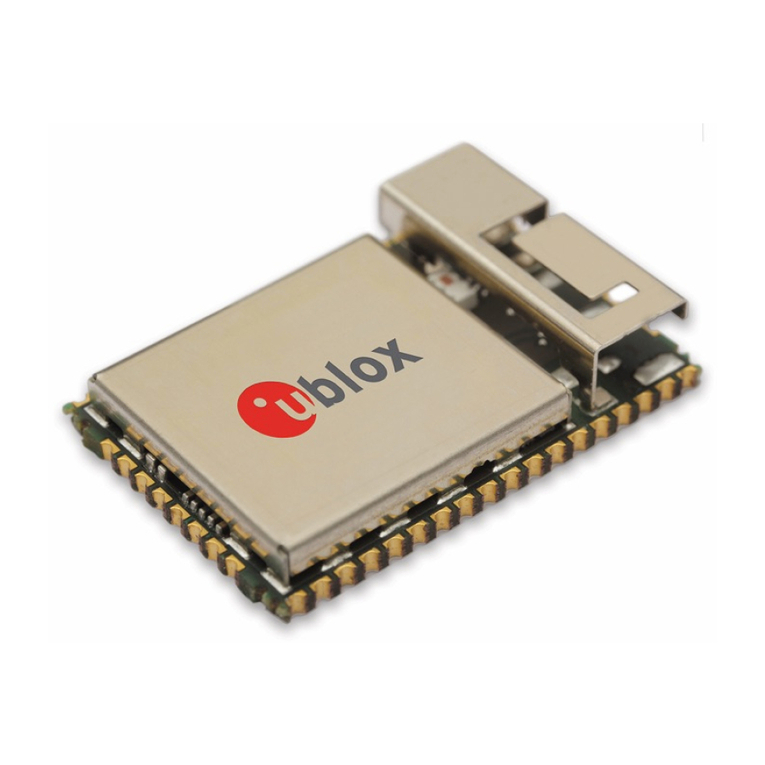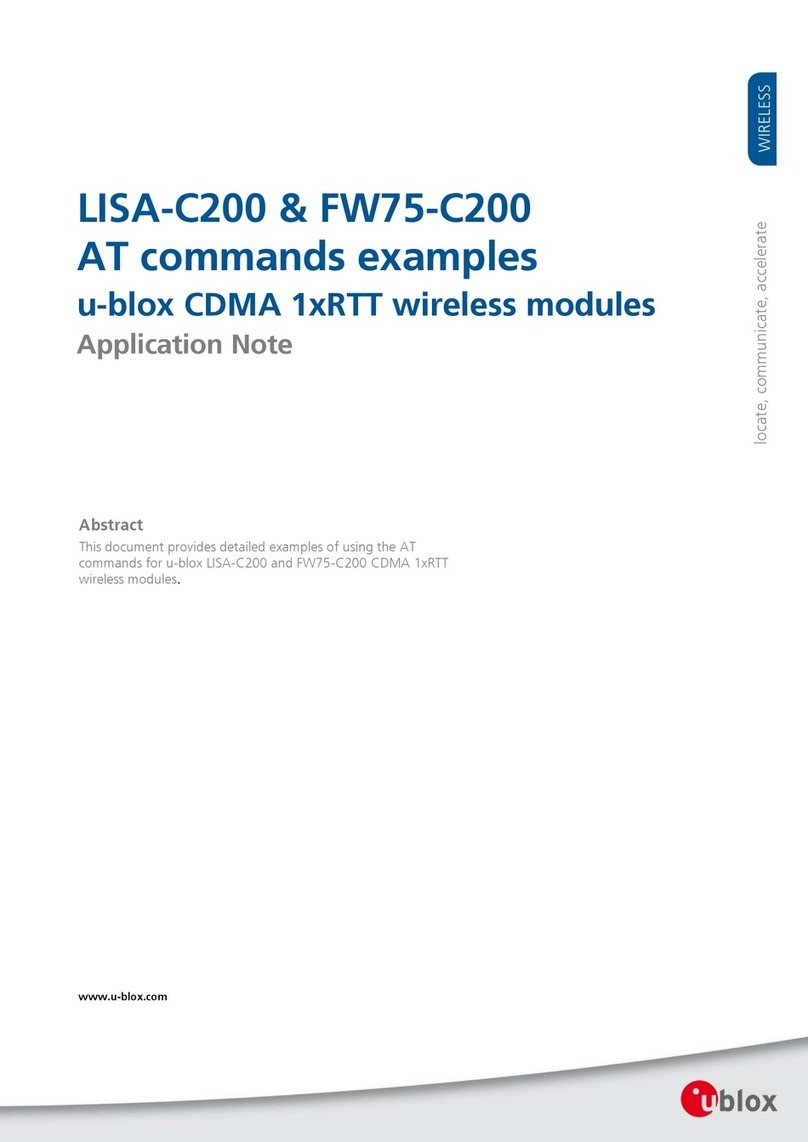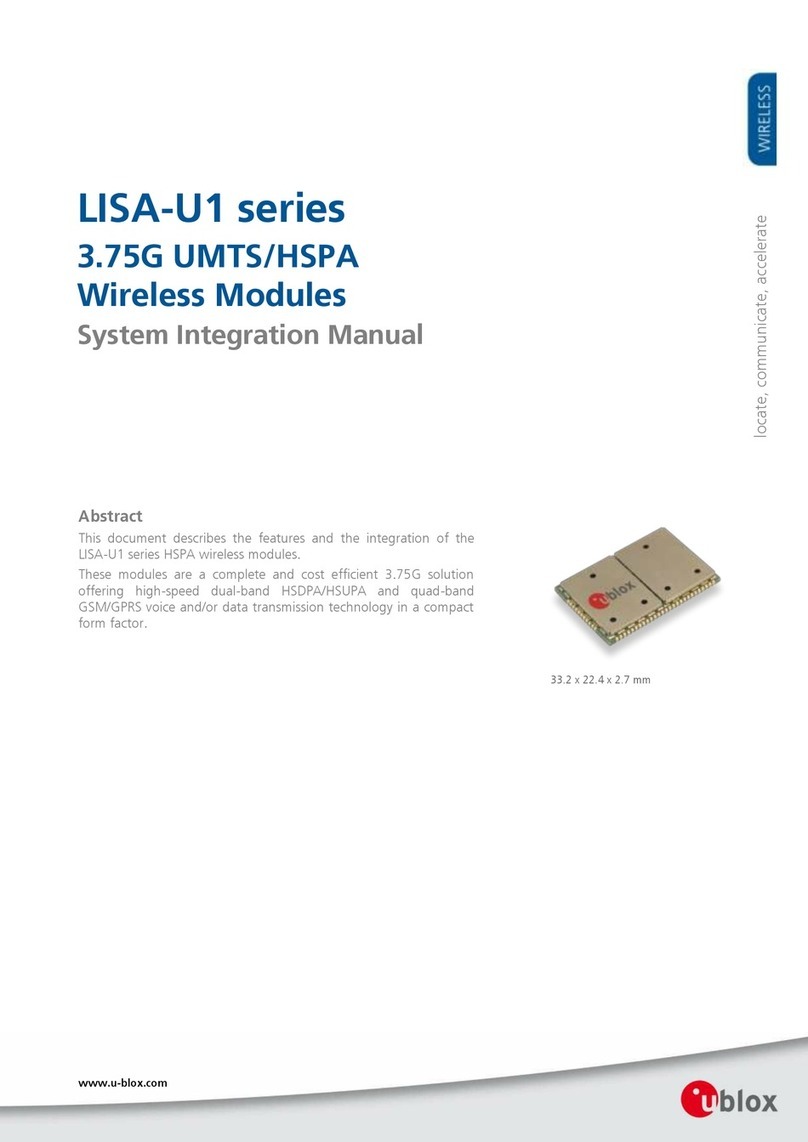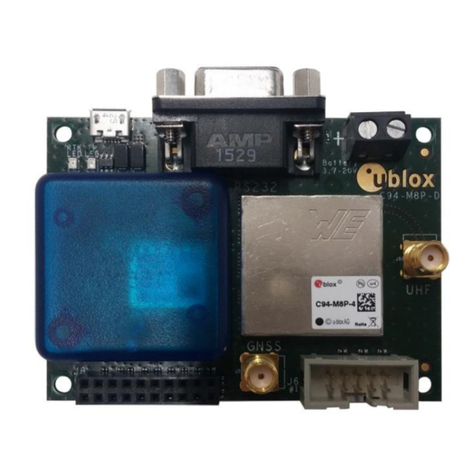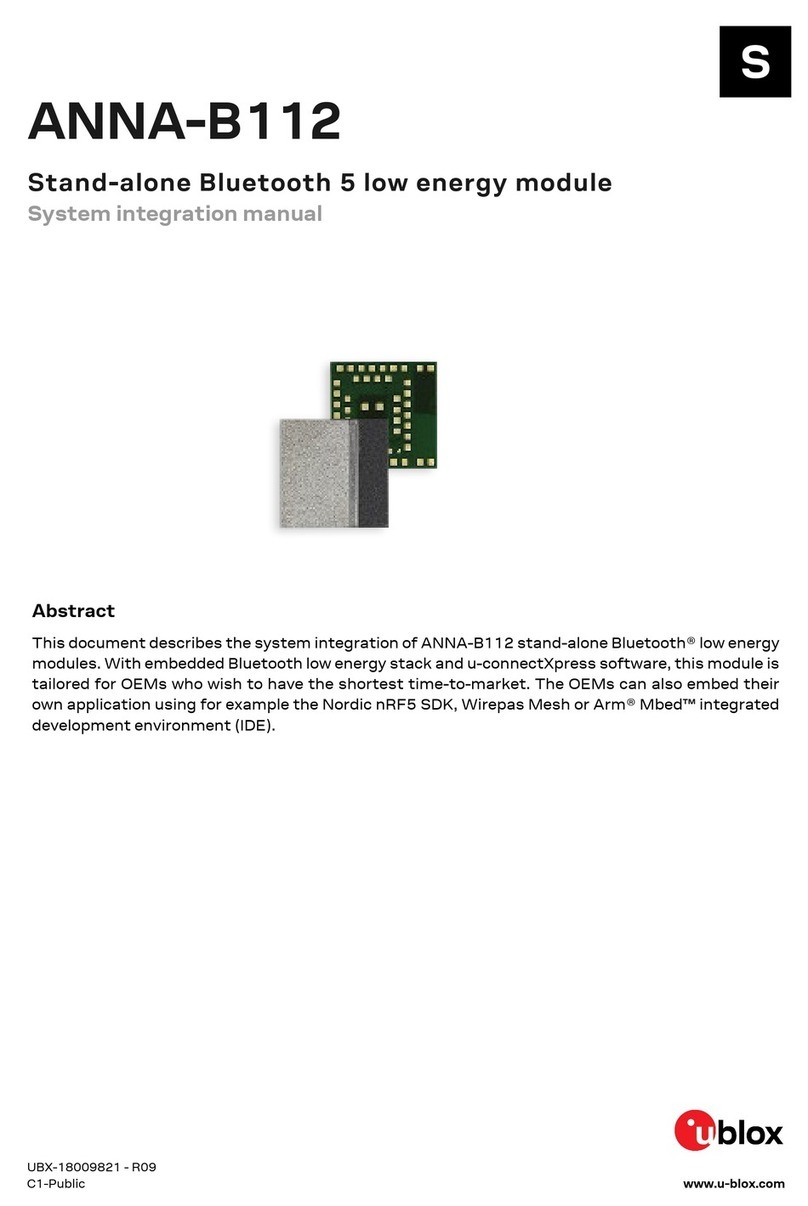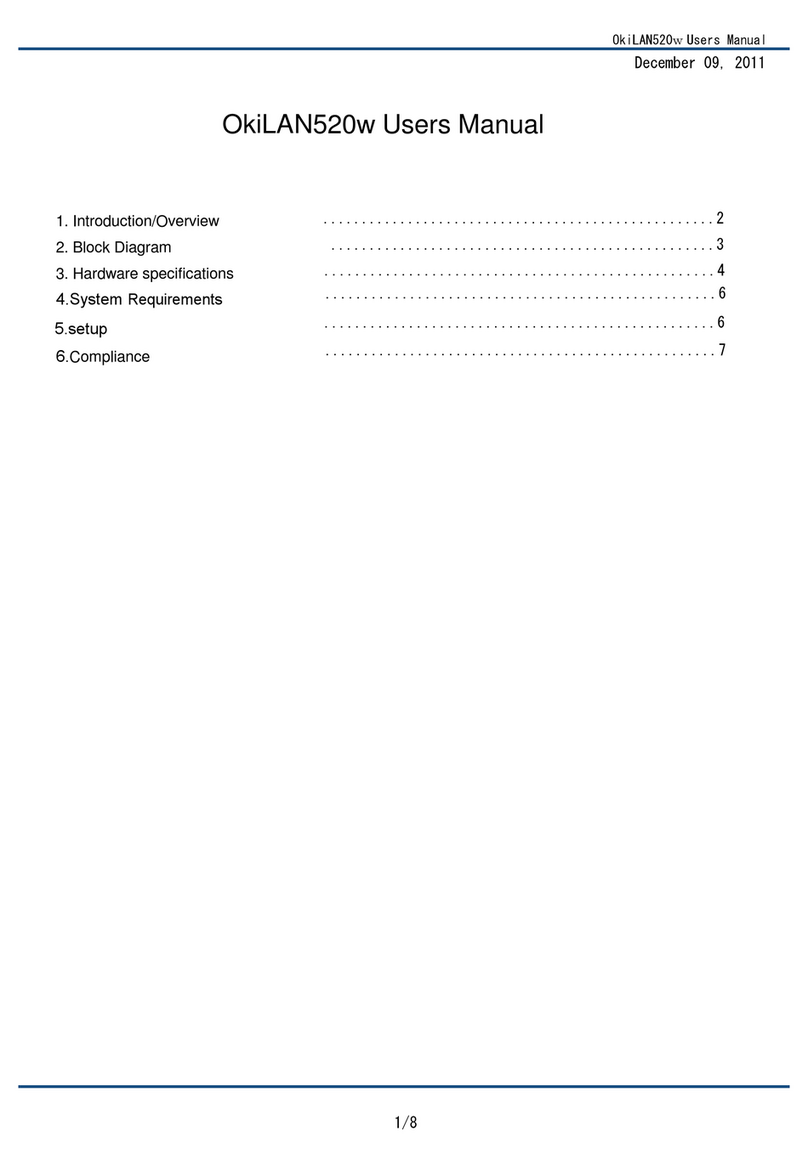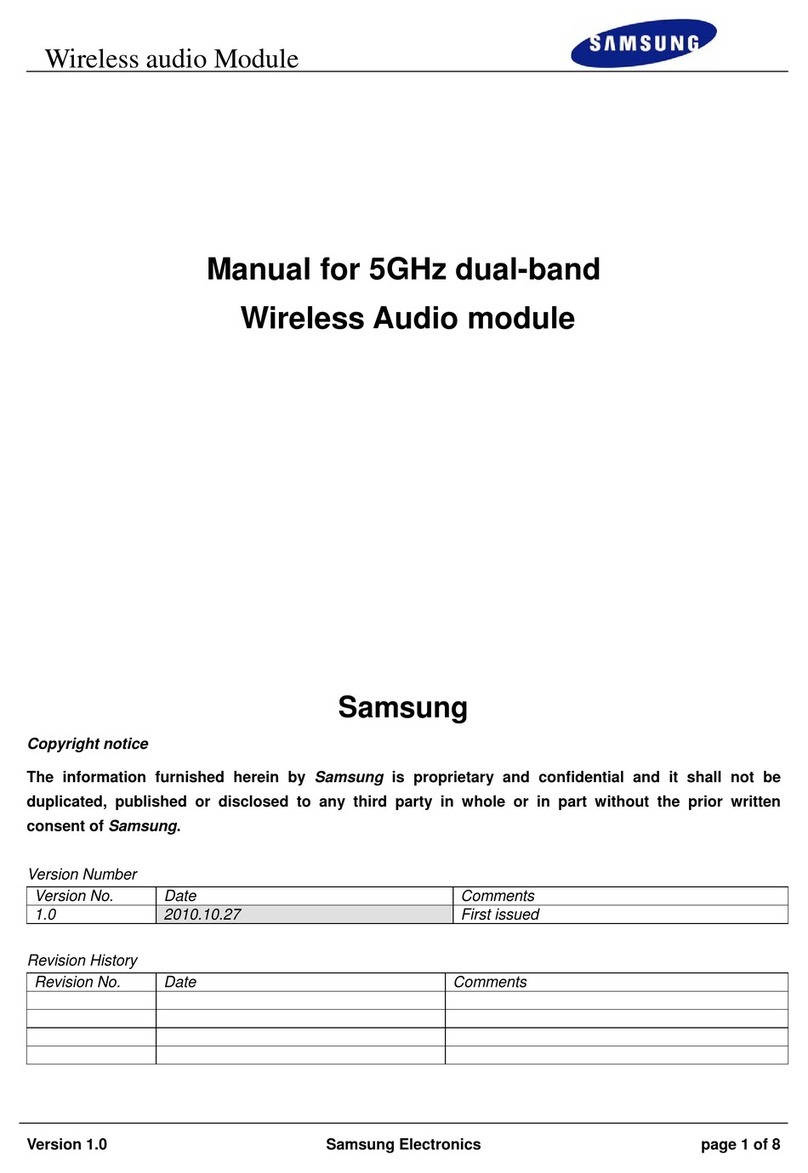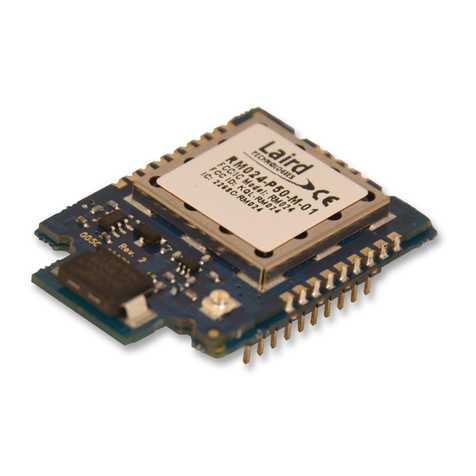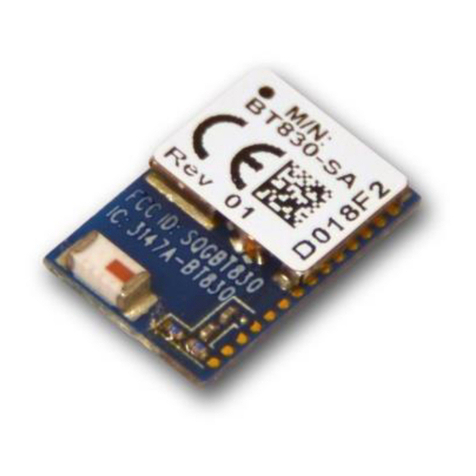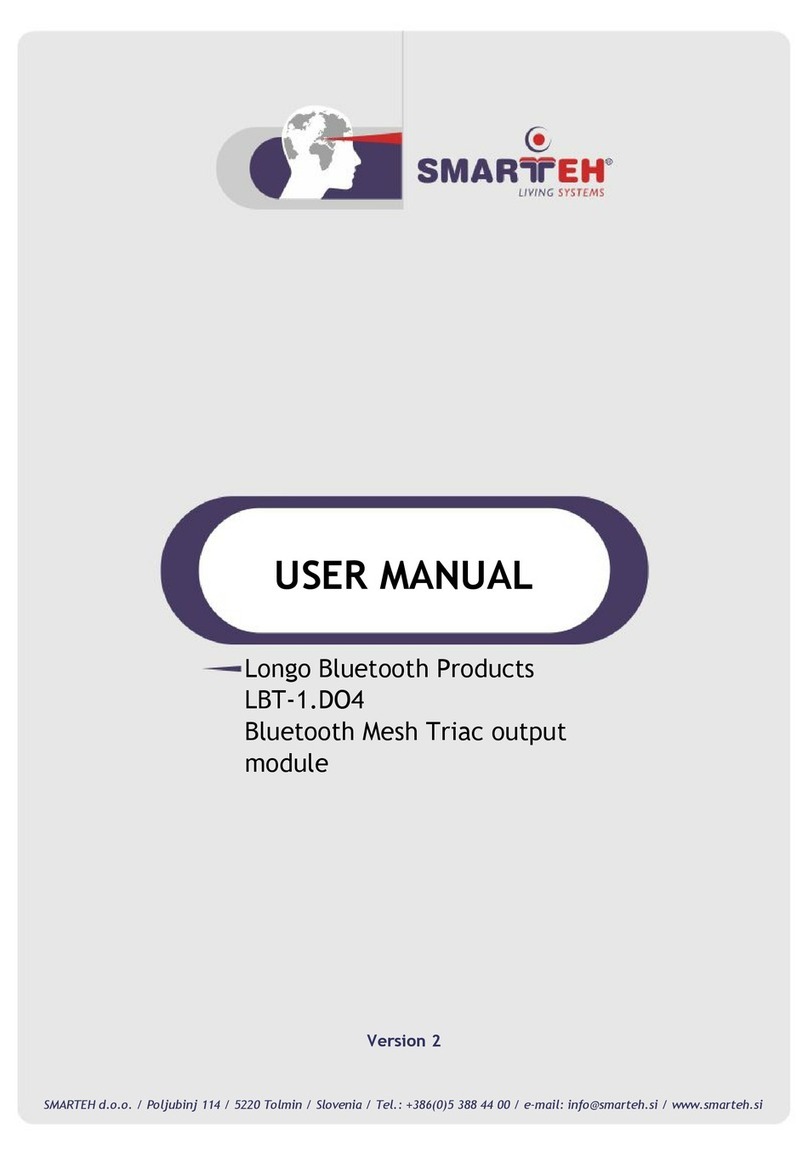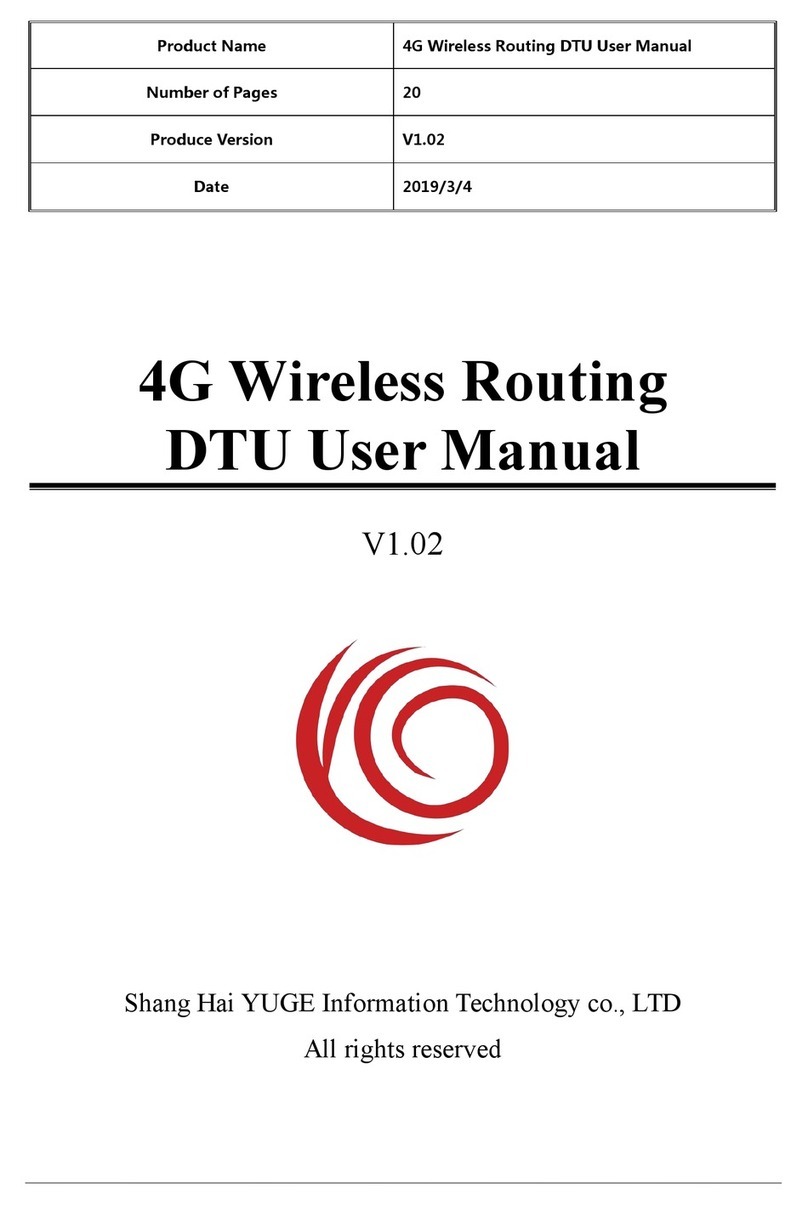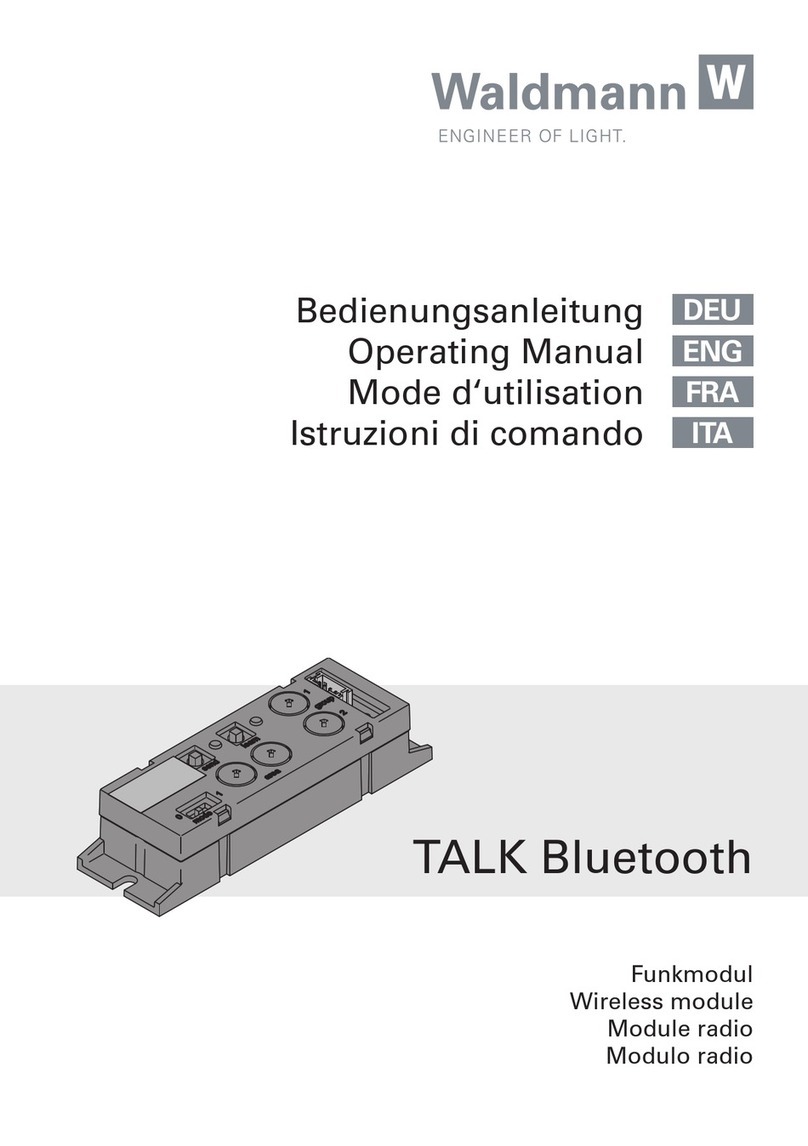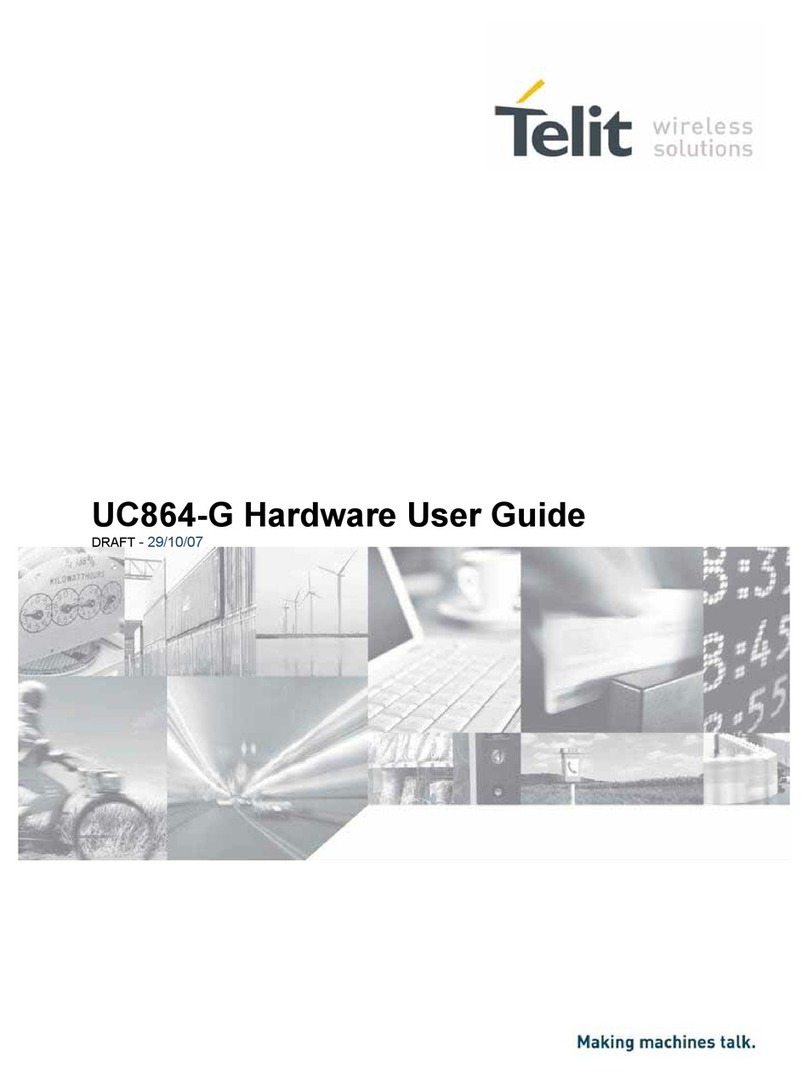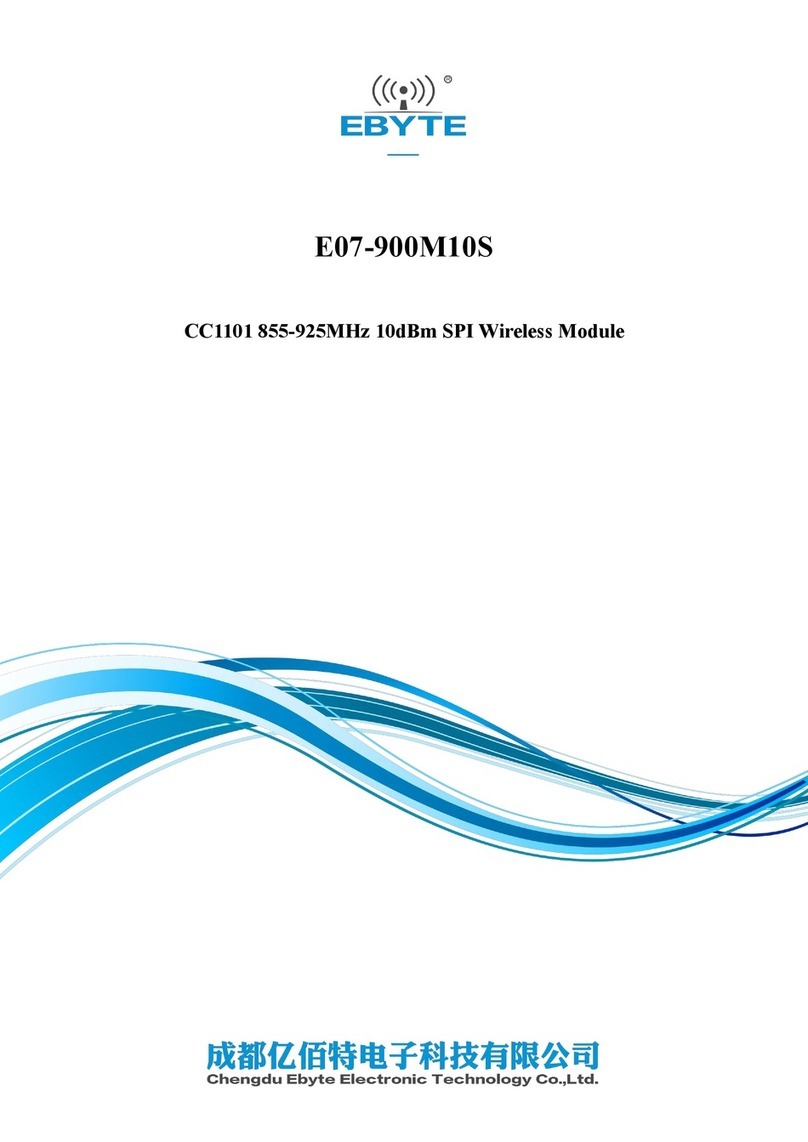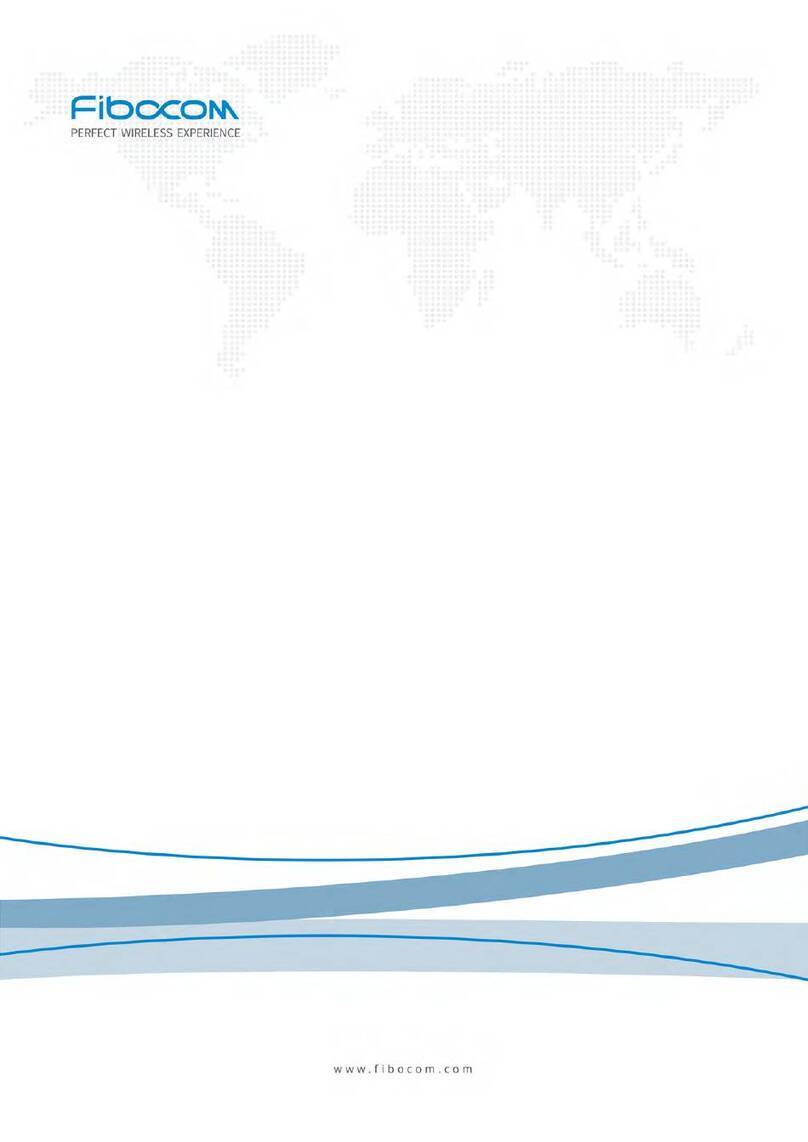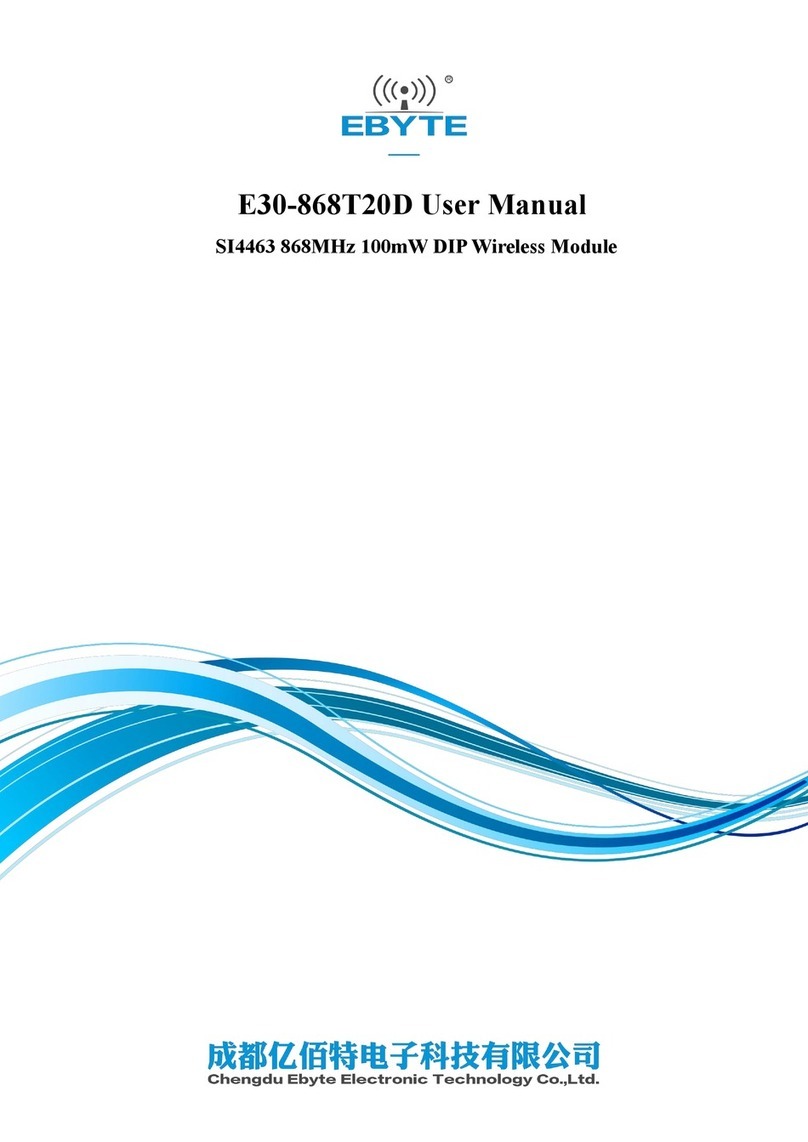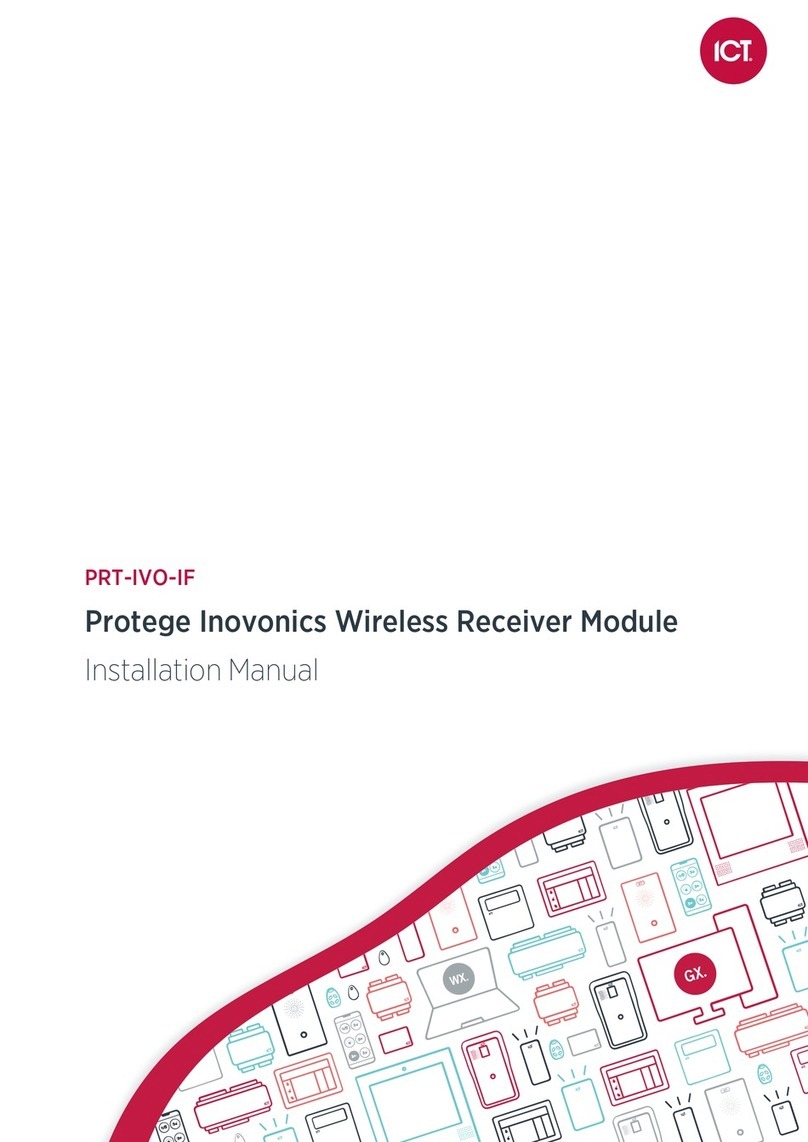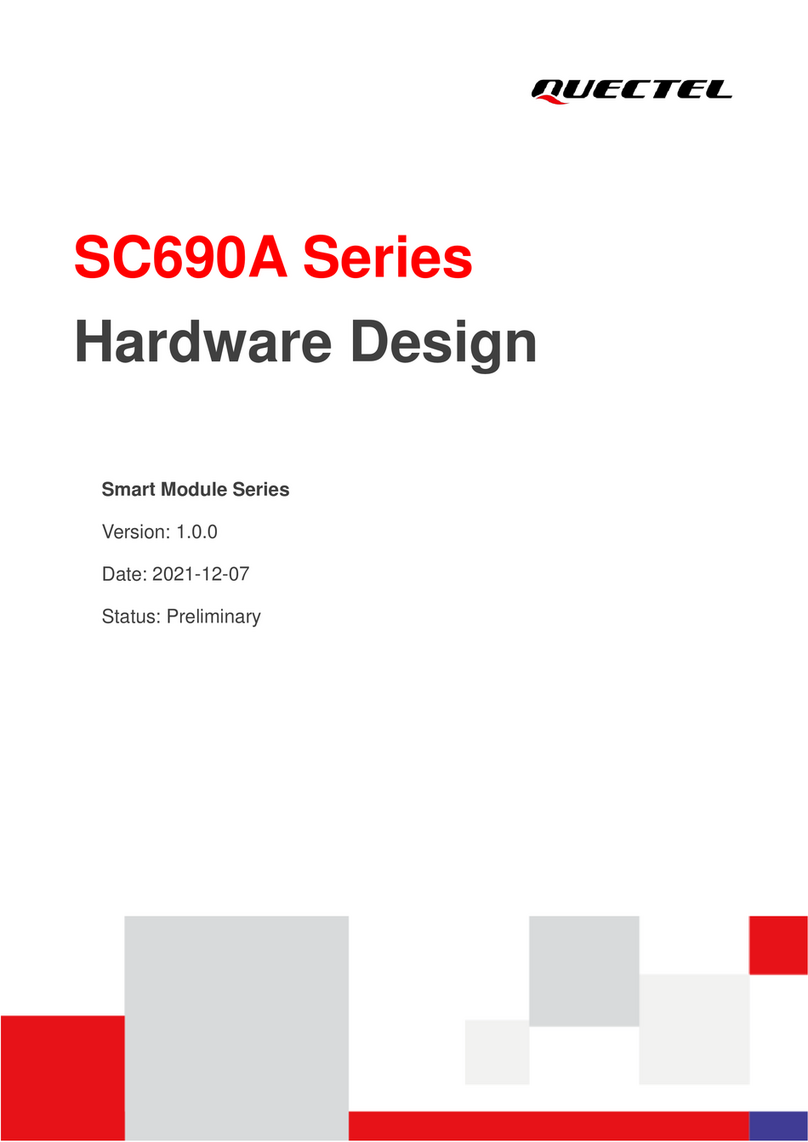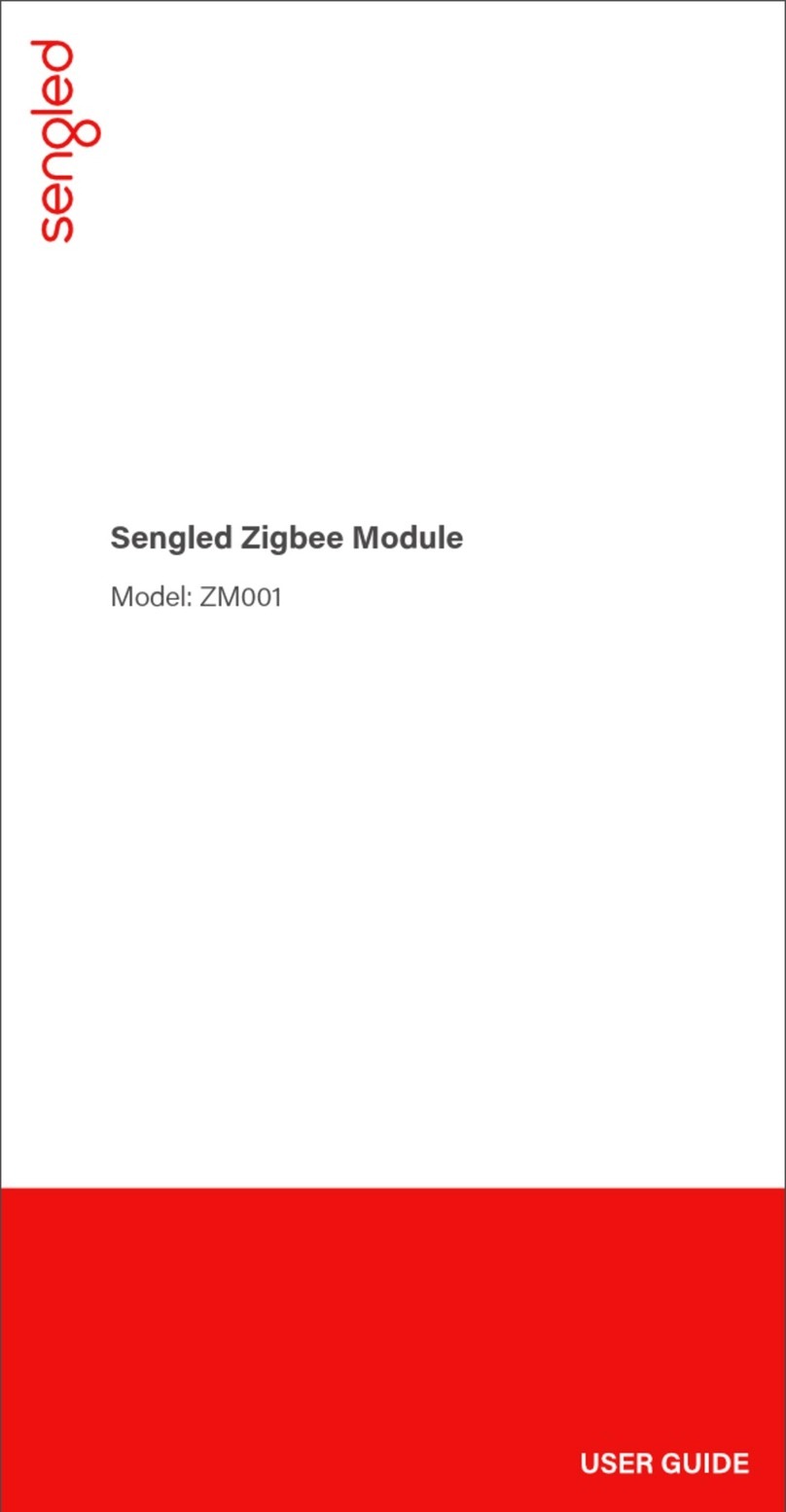
NINA-B4 series - System integration manual
UBX-19052230 - R06 Contents Page 3 of 45
C1-Public
Contents
Document information .............................................................................................................................2
Contents .......................................................................................................................................................3
1Functional description.......................................................................................................................5
1.1 Overview........................................................................................................................................................5
1.2 Applications .................................................................................................................................................6
1.3 Block diagrams ............................................................................................................................................7
1.3.1 NINA-B40..............................................................................................................................................7
1.3.2 NINA-B41..............................................................................................................................................8
1.4 Product description ....................................................................................................................................9
1.4.1 NINA-B40 series..................................................................................................................................9
1.4.2 NINA-B41 series..................................................................................................................................9
1.5 Hardware options........................................................................................................................................9
1.6 Software options.......................................................................................................................................10
1.6.1 Open CPU............................................................................................................................................11
1.6.2 u-connectXpress software .............................................................................................................11
1.7 Bluetooth device address ........................................................................................................................12
1.8 Pin configurations and functions ..........................................................................................................12
1.8.1 NINA-B40 pins...................................................................................................................................12
1.8.2 NINA-B41 pins...................................................................................................................................13
1.9 Low power clock ........................................................................................................................................13
1.9.1 External crystal .................................................................................................................................14
1.9.2 Internal oscillator..............................................................................................................................14
1.9.3 External clock source .......................................................................................................................14
2Design-in............................................................................................................................................. 15
2.1 NINA family migration design.................................................................................................................15
2.2 Supply interfaces ......................................................................................................................................15
2.2.1 Main supply input .............................................................................................................................15
2.2.2 Digital I/O interfaces reference voltage (VCC_IO)......................................................................15
2.2.3 VCC application circuits ..................................................................................................................15
2.3 Antenna interface.....................................................................................................................................16
2.3.1 External antenna selection.............................................................................................................17
2.3.2 NINA-B4x6 design-in........................................................................................................................21
2.4 NFC interface.............................................................................................................................................22
2.4.1 Battery protection ............................................................................................................................23
2.5 Debug interface .........................................................................................................................................23
2.6 General layout guidelines ........................................................................................................................24
2.6.1 General considerations for schematic design and PCB floor-planning.................................24
2.6.2 Layout and manufacturing.............................................................................................................24
2.6.3 Thermal guidelines ...........................................................................................................................25
2.6.4 ESD guidelines...................................................................................................................................25
